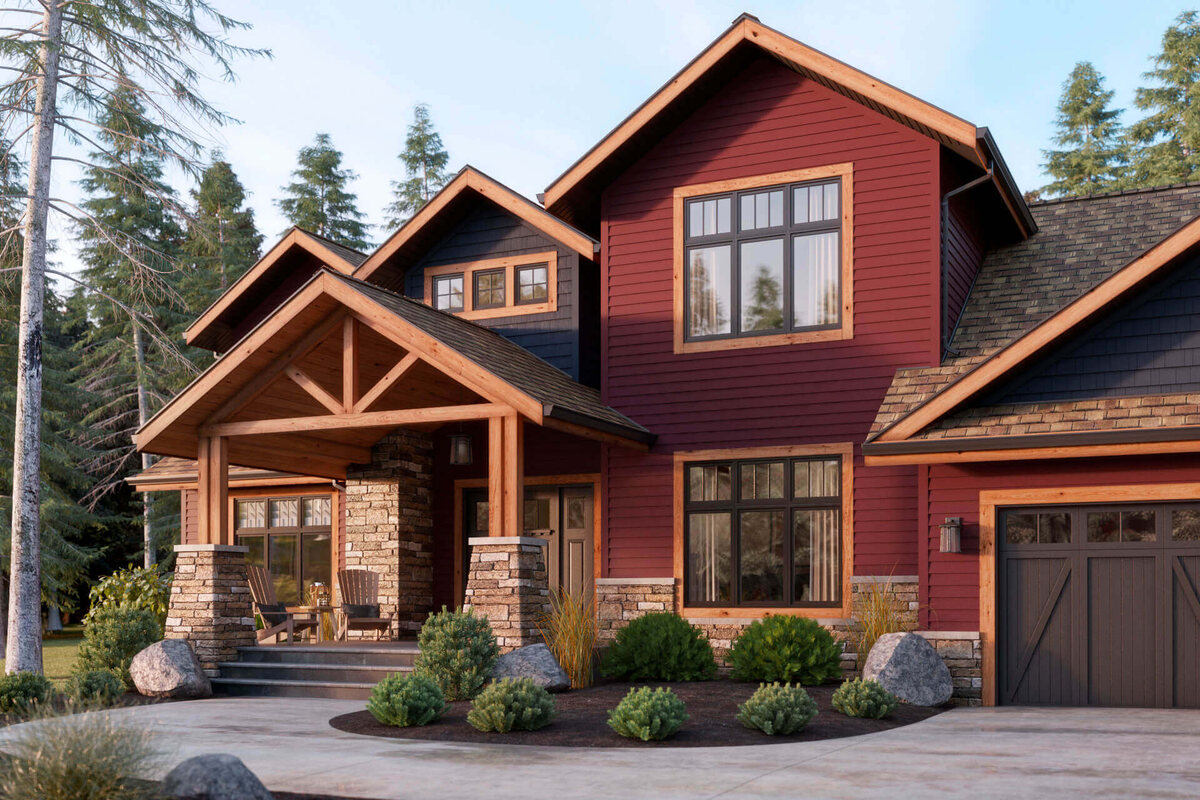

Articles
What Is The Best Siding For A Home
Modified: January 8, 2024
Looking for articles on the best siding options for your home? Discover expert advice and guidance on choosing the perfect siding to enhance your home's appearance and protection.
(Many of the links in this article redirect to a specific reviewed product. Your purchase of these products through affiliate links helps to generate commission for Storables.com, at no extra cost. Learn more)
Introduction
Choosing the right siding for your home is an important decision. Not only does it affect the overall aesthetic appeal of your property, but it also plays a crucial role in protecting your home from the elements. With so many options available on the market today, it can be overwhelming to determine which siding material is best suited for your needs.
In this article, we will explore various popular siding options and discuss the factors you should consider when making your decision. Whether you prioritize durability, cost-effectiveness, low maintenance, or eco-friendliness, we have got you covered. So, let’s dive in and discover the best siding options for your home!
Key Takeaways:
- Vinyl siding is a popular, low-maintenance, and affordable option for homeowners, offering durability and energy efficiency. Its versatility and resistance to harsh weather make it a top choice for many homes.
- Fiber cement siding provides exceptional durability, low maintenance, and a variety of design options. It offers the look of wood with enhanced resilience, making it a long-lasting and eco-friendly choice for homeowners.
Read more: What Color Shutters Go With Yellow Siding
Factors to Consider When Choosing Siding
When it comes to selecting the best siding for your home, it’s important to consider several key factors. These factors will help ensure that your chosen siding material not only aligns with your aesthetic preferences but also meets your practical requirements. Here are some essential factors to consider:
- Durability: One of the primary considerations when choosing siding is its durability. You want a material that can withstand harsh weather conditions, resist fading, and provide long-lasting performance.
- Maintenance: Consider the level of maintenance required for a particular siding material. Some options, like vinyl, are low-maintenance and only require occasional cleaning, while wood siding may need more regular upkeep such as staining or painting.
- Cost: Evaluate the cost of the siding material, including installation and long-term maintenance. While some materials may have a higher upfront cost, they may save you money in the long run due to their durability and low maintenance requirements.
- Insulation: Check the insulation properties of the siding material. A well-insulated siding will help regulate indoor temperature, reduce energy consumption, and lower utility bills.
- Aesthetics: Consider the appearance and style of the siding material. Choose a design that complements the architectural style of your home and enhances its curb appeal.
- Eco-friendliness: If sustainability is important to you, opt for siding materials that are environmentally friendly and made from renewable or recyclable materials.
- Longevity: Assess the expected lifespan of the siding material to determine its durability and value for money. A longer-lasting material will provide better long-term protection for your home.
By carefully considering these factors, you can make an informed decision about the best siding material for your specific needs and preferences. Now, let’s explore some of the top options available on the market.
Vinyl Siding
Vinyl siding is one of the most popular choices for homeowners due to its affordability, durability, and low maintenance requirements. Made from PVC (polyvinyl chloride) resin, vinyl siding is available in a wide range of colors, styles, and textures to suit any architectural style.
One of the major advantages of vinyl siding is its resistance to rot, warping, and insects. It is also highly weather-resistant, capable of withstanding high winds, hail, and extreme temperatures. Additionally, vinyl siding does not require painting, sealing, or staining, making it a hassle-free option.
Vinyl siding offers good insulation properties, helping to improve energy efficiency by reducing heat loss in winter and minimizing heat gain in summer. This can result in lower heating and cooling costs for your home.
However, it is worth noting that vinyl siding may not be as durable as other materials like fiber cement or brick. Under extreme weather conditions, it can crack or become brittle. Additionally, some people may have aesthetic concerns about the synthetic appearance of vinyl siding.
Overall, vinyl siding is an excellent choice for homeowners seeking an affordable and low-maintenance siding option. Its versatility, durability, and energy efficiency make it a popular option for many homes.
Fiber Cement Siding
Fiber cement siding has gained popularity in recent years due to its remarkable durability and versatility. Made from a mixture of cement, sand, and cellulose fibers, this siding material offers the appearance of wood but with enhanced durability and low maintenance.
One of the main advantages of fiber cement siding is its resistance to rot, warping, and pests. It can withstand harsh weather conditions, including high winds, heavy rain, and extreme temperatures. It is also fire-resistant, making it a safe choice for homeowners.
Fiber cement siding is known for its long lifespan, often lasting up to 50 years with proper maintenance. It requires minimal upkeep, including occasional repainting or resealing, depending on the manufacturer’s recommendations. However, it is important to note that installation and maintenance of fiber cement siding may require professional assistance.
In terms of aesthetics, fiber cement siding offers a wide range of options. It can be designed to resemble wood, stucco, or even brick, allowing homeowners to achieve the desired look for their home. The material is available in various colors and finishes, providing ample opportunities for customization.
While fiber cement siding is more expensive than some other options, it offers long-term value due to its durability and low maintenance requirements. It is also considered an eco-friendly choice, as it is made from sustainable materials and can be recycled at the end of its lifespan.
If you are looking for a siding material that combines the look of wood with exceptional durability and low maintenance, fiber cement siding is an excellent choice. Its resistance to harsh weather conditions, fire, and pests make it a popular option for homeowners seeking long-lasting and attractive siding for their homes.
Wood Siding
Wood siding has long been a popular choice for homeowners due to its timeless beauty and natural appeal. It offers a classic and warm aesthetic that can enhance the character of any home, from traditional to modern designs.
One of the primary advantages of wood siding is its natural insulating properties. Wood acts as a natural insulator, helping to regulate temperature and reduce energy costs. Additionally, wood is biodegradable, renewable, and environmentally friendly, making it a sustainable choice for eco-conscious homeowners.
Wood siding comes in various types, including cedar, redwood, pine, and cypress, each offering its own unique characteristics in terms of grain patterns, color variations, and durability. Cedar, for example, is known for its natural resistance to decay and insect infestation, while redwood is highly durable and can withstand harsh weather conditions.
It is important to note that wood siding requires regular maintenance to keep it looking its best and protect it from moisture, rot, and insect damage. This includes periodic staining or painting, as well as routine inspections for any signs of damage.
While wood siding offers exceptional beauty and charm, it is generally more expensive than other siding options. Additionally, it may not be as resistant to extreme weather conditions as materials like fiber cement or vinyl siding. However, with proper maintenance and care, wood siding can provide many years of natural beauty and enhance the value of your home.
If you appreciate the warmth and natural appeal of wood and are willing to invest in regular maintenance, wood siding can be an excellent choice for your home. Its timeless beauty and eco-friendliness make it a popular option among homeowners who value both aesthetics and sustainability.
Read more: What Brand Of Vinyl Siding Is Best
Engineered Wood Siding
Engineered wood siding, also known as composite wood siding, offers homeowners the natural beauty of wood with enhanced durability and lower maintenance requirements. It is made from a combination of wood fibers, wax, resin, and other additives. This engineered construction helps to improve the material’s resistance to rot, decay, and insects.
One of the major advantages of engineered wood siding is its dimensional stability. Unlike traditional wood siding, engineered wood is less prone to warping, splitting, and cupping. It can withstand extreme weather conditions, including high humidity and rapid temperature changes, with minimal impact on its appearance and performance.
In terms of aesthetics, engineered wood siding can closely resemble the look and grain of real wood. It is available in a variety of finishes and profiles, allowing homeowners to achieve the desired style for their homes. Additionally, engineered wood siding comes pre-primed, which simplifies the painting process and reduces installation time.
Engineered wood siding is relatively easy to install and requires less maintenance compared to natural wood. It typically doesn’t require staining or painting as frequently as traditional wood siding. However, it is important to follow the manufacturer’s guidelines for maintenance to ensure the longevity of the material.
While engineered wood siding offers many benefits, it is worth noting that it may be more expensive than vinyl or fiber cement siding. However, its cost is typically lower than natural wood siding. Consider the long-term value and durability when making your decision.
If you desire the beauty and charm of wood siding but want a more durable and low-maintenance option, engineered wood siding is an excellent choice. Its resistance to rot, enhanced dimensional stability, and aesthetic appeal make it a popular option for homeowners seeking the best of both worlds.
When choosing siding for your home, consider factors such as durability, maintenance, and aesthetic appeal. Fiber cement siding is a popular choice for its durability and low maintenance, while vinyl siding is known for its affordability and versatility. Research and compare different options to find the best fit for your home.
Metal Siding
Metal siding is a durable and modern option that offers a sleek and contemporary look for your home. Common metals used for siding include steel and aluminum. Metal siding is highly resistant to weathering, rot, and insect damage, making it a long-lasting and low-maintenance choice.
One of the primary advantages of metal siding is its exceptional durability. It can withstand extreme weather conditions, including strong winds, hail, and heavy rain. Metal siding is also resistant to fire, making it a safe option for homeowners concerned about fire protection.
Metal siding is available in a wide range of colors and finishes, allowing you to achieve a unique and customized look for your home. It can be painted or powder-coated to enhance its aesthetic appeal and coordinate with your home’s architecture and design.
Another benefit of metal siding is its low maintenance requirements. Unlike other siding materials that may require painting or staining, metal siding usually only requires occasional cleaning to remove dirt and debris. It is resistant to fading, cracking, and peeling, ensuring that it retains its appearance over time.
One consideration with metal siding is its potential for denting, especially with aluminum siding. However, advancements in technology have led to the development of stronger and more resilient metal siding options that are less prone to denting.
When it comes to energy efficiency, metal siding can be enhanced with insulation materials. This helps improve the thermal performance of your home and reduces energy consumption, resulting in lower heating and cooling costs.
In terms of cost, metal siding can vary depending on the type of metal chosen, the size of your home, and the complexity of the installation process. However, it is generally considered a cost-effective option due to its long lifespan and low maintenance requirements.
If you prefer a modern and contemporary look for your home and prioritize durability and low maintenance, metal siding is an excellent choice. Its longevity, resistance to weather and fire, and customizable options make it an attractive option for homeowners seeking a sleek and stylish appearance.
Stucco Siding
Stucco siding is a popular choice for homeowners looking to achieve a classic and elegant appearance for their homes. It is a durable and long-lasting siding option that provides both aesthetic appeal and functional benefits.
Stucco siding is made from a mixture of cement, sand, and water, which is then applied to the exterior surface of a building. It creates a smooth and seamless finish that can be customized with various textures and colors to suit your preferred style.
One of the main advantages of stucco siding is its durability. It is highly resistant to rot, insects, and fire, making it an excellent choice for homeowners concerned about protecting their homes. With proper maintenance, stucco siding can last for several decades.
Stucco siding also provides excellent insulation properties, helping to regulate indoor temperature and reduce energy consumption. It can help keep your home cooler in the summer and warmer in the winter, potentially leading to energy savings and lower utility bills.
Maintenance for stucco siding is relatively low compared to other siding materials. It may require occasional cleaning to remove dirt and debris, and in some cases, minor repairs or touch-ups may be needed to maintain its appearance. However, it is important to address any cracks or damage promptly to prevent moisture penetration.
While stucco siding offers many benefits, it is important to note that it may not be suitable for all climates. In regions with frequent freeze-thaw cycles or high levels of humidity, special considerations and additional maintenance may be required to prevent cracking or moisture problems.
In terms of cost, stucco siding can vary depending on the size of your home and the complexity of the installation process. It generally falls on the higher end of the price spectrum compared to other siding materials. However, its longevity, durability, and timeless appearance make it a worthwhile investment for many homeowners.
If you desire a classic and elegant look for your home and prioritize durability and insulation, stucco siding is an excellent choice. Its longevity, resistance to rot and fire, and customizable finishes make it a popular option that can enhance the beauty and value of your home.
Brick Siding
Brick siding is a timeless and classic option that adds a distinct charm and character to any home. Made from fired clay, brick siding offers a natural and traditional look that can withstand the test of time.
One of the main advantages of brick siding is its exceptional durability. Brick is highly resistant to rot, pests, and damage from extreme weather conditions. It can withstand high winds, hail, and even fire, providing a protective barrier for your home.
Brick siding is known for its low maintenance requirements. Unlike other siding materials that may require regular painting or staining, brick siding retains its color and structural integrity without the need for frequent upkeep. It is also resistant to fading, ensuring that your home maintains its attractive appearance for years to come.
Another benefit of brick siding is its excellent thermal properties. Bricks have high thermal mass, which means they have the ability to absorb, store, and slowly release heat. This natural insulation helps regulate indoor temperature, reducing the need for excessive heating or cooling and potentially lowering energy costs.
Brick siding is also highly resistant to moisture penetration, making it an ideal choice for areas with high humidity or heavy rainfall. It does not require additional waterproofing or sealing, providing peace of mind and protection against water-related damage.
While brick siding offers numerous benefits, it is essential to consider the cost aspect. Brick siding is generally more expensive than other siding materials due to the higher labor and material costs associated with installation. However, its longevity, durability, and timeless appeal can make it a worthwhile investment over time.
If you are looking for a siding option that offers classic beauty, exceptional durability, and low maintenance requirements, brick siding is an excellent choice. Its ability to withstand the elements, natural insulation properties, and long-lasting charm make it a popular option for homeowners seeking a timeless and elegant look for their homes.
Read more: What Is Siding
Stone Veneer Siding
Stone veneer siding is a popular option for homeowners who desire the timeless beauty and elegance of natural stone without the high cost and installation challenges. Made from a combination of natural stone and synthetic materials, stone veneer siding offers a realistic and durable alternative to traditional stone siding.
One of the primary advantages of stone veneer siding is its aesthetic appeal. It provides an authentic and luxurious look, adding a touch of sophistication to any home. Stone veneer is available in a variety of colors, textures, and patterns, allowing homeowners to customize the appearance of their homes according to their preferences.
Stone veneer siding offers excellent durability and resistance to the elements. It is highly resistant to fading, cracking, and chipping, ensuring that your home maintains its beautiful appearance over time. Additionally, it is resistant to pests, rot, and the effects of extreme weather conditions, making it a long-lasting siding option.
Installation of stone veneer siding is typically easier and more cost-effective compared to natural stone. The lightweight nature of stone veneer makes it more manageable and reduces the need for additional structural support. This results in lower installation costs and shorter construction time.
Maintenance for stone veneer siding is relatively simple. Regular cleaning with a mild detergent and water is usually sufficient to keep the siding looking its best. It is important to address any stains or spills promptly to prevent permanent damage to the surface.
While stone veneer siding provides the look of natural stone, it is essential to note that it may not offer the same level of durability as solid stone. Stone veneer is more susceptible to damage from impact and can be prone to chipping or cracking if not properly maintained.
If you desire the beauty and elegance of natural stone for your home but have budget or installation limitations, stone veneer siding is an excellent choice. Its realistic appearance, durability, and ease of installation make it an attractive option for homeowners seeking a stunning and durable siding solution.
Conclusion
Choosing the best siding for your home is a decision that requires careful consideration. Each siding material comes with its own set of advantages and considerations, and it is crucial to evaluate your specific needs, preferences, and budget before making a final decision.
Vinyl siding offers affordability, low maintenance, and a wide range of styles and colors to choose from, making it a popular choice for many homeowners. Fiber cement siding provides exceptional durability, resistance to rot and insects, and can mimic the look of wood. Wood siding offers natural beauty and insulation properties, while engineered wood siding combines the appeal of wood with enhanced durability.
Metal siding provides a modern and sleek appearance with excellent durability and low maintenance requirements, while stucco siding offers a classic and elegant look with outstanding resistance to fire and insects. Brick siding adds timeless charm and exceptional durability, and stone veneer siding offers the luxurious look of natural stone at a more affordable price point.
When making your decision, consider factors such as durability, maintenance, cost, insulation, aesthetics, eco-friendliness, and longevity. It is also helpful to consult with professionals to ensure that the chosen siding material is compatible with your home’s architecture and meets local building codes.
In conclusion, choosing the best siding for your home depends on your unique needs and preferences. By evaluating the pros and cons of each material and considering the specific requirements of your home, you can make an informed decision and select a siding option that enhances the beauty, durability, and value of your home for years to come.
Frequently Asked Questions about What Is The Best Siding For A Home
Was this page helpful?
At Storables.com, we guarantee accurate and reliable information. Our content, validated by Expert Board Contributors, is crafted following stringent Editorial Policies. We're committed to providing you with well-researched, expert-backed insights for all your informational needs.
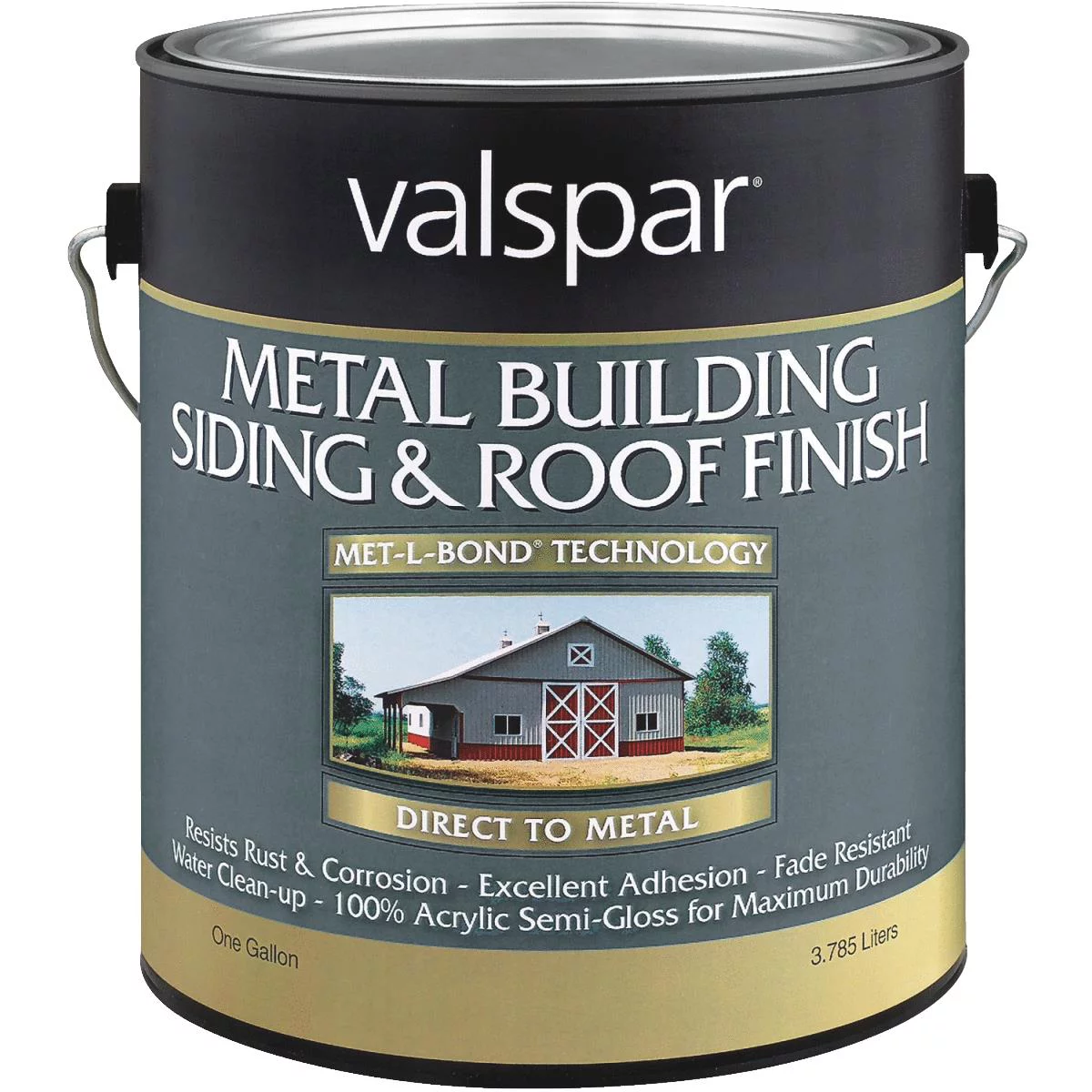
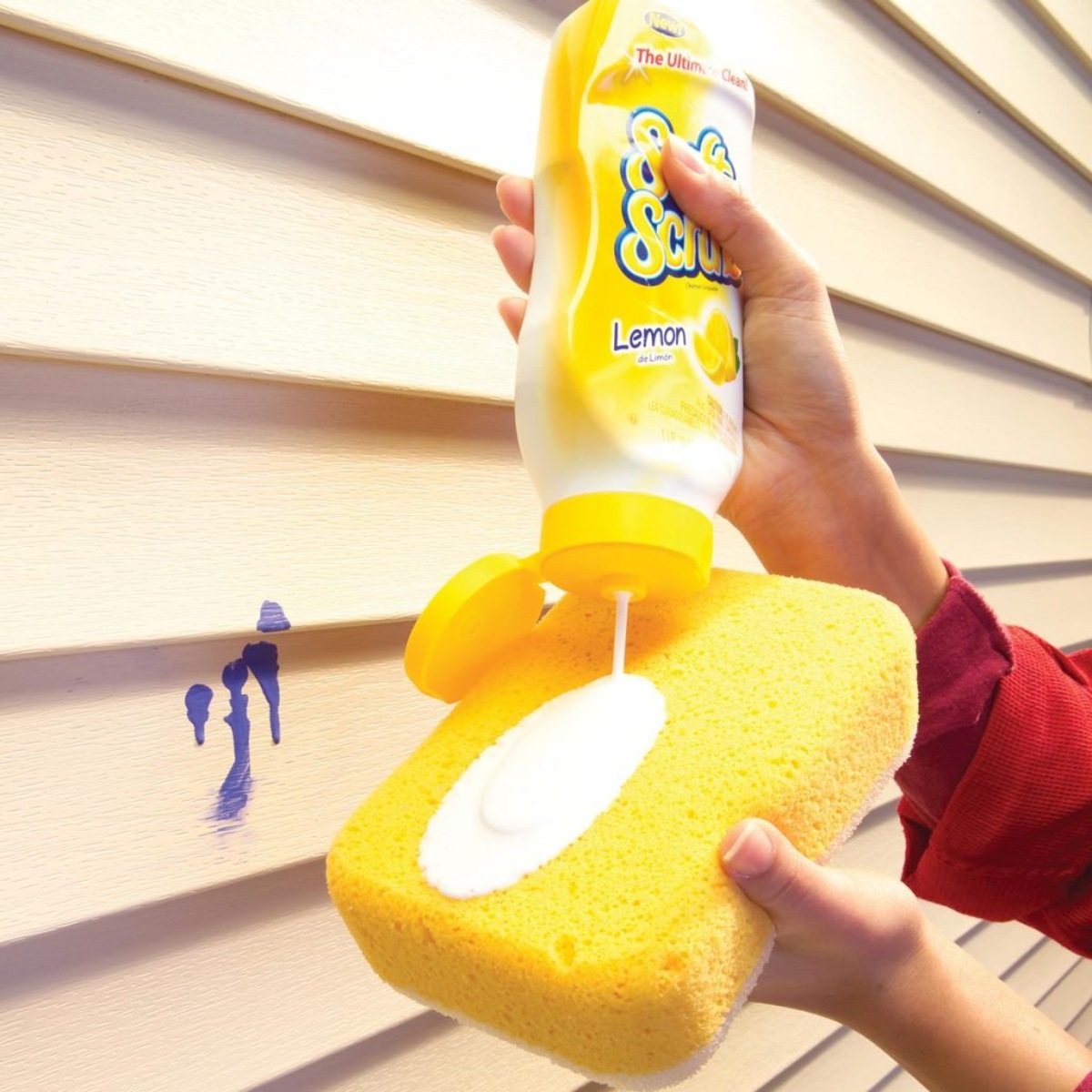
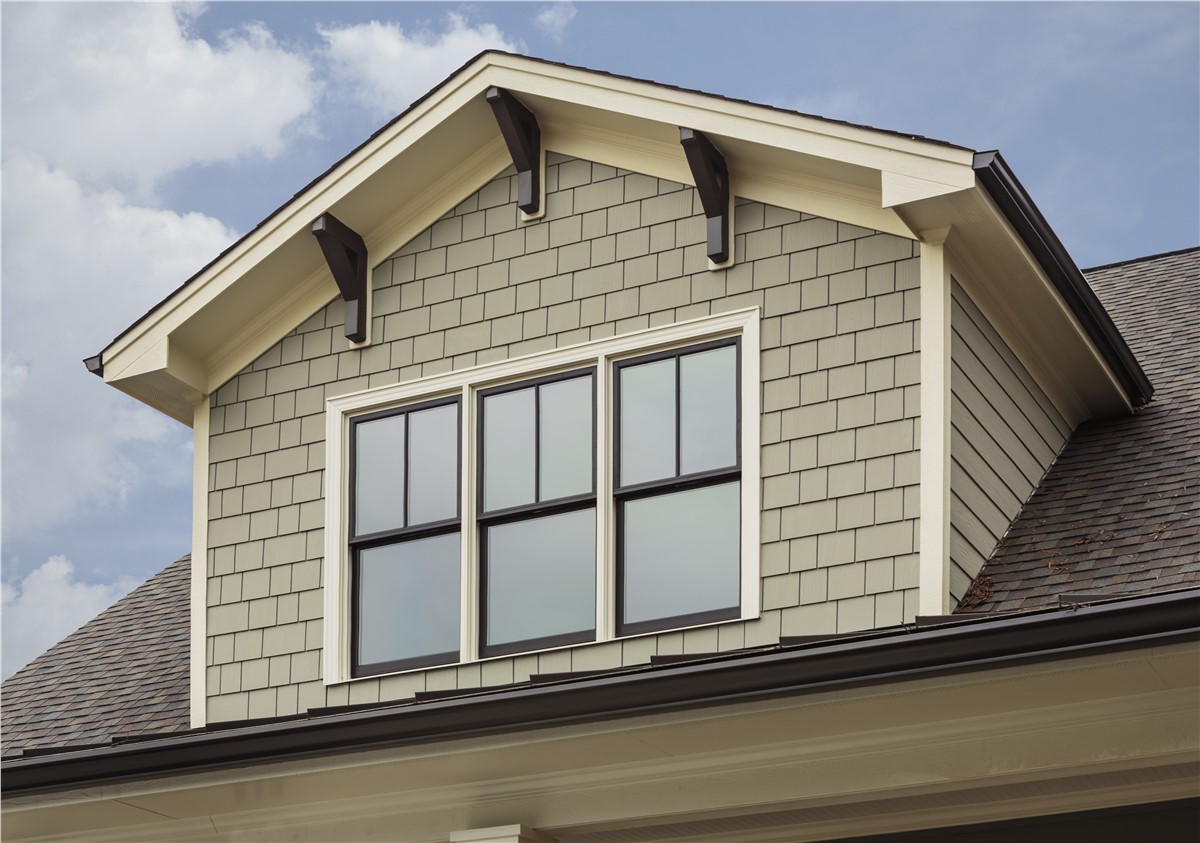
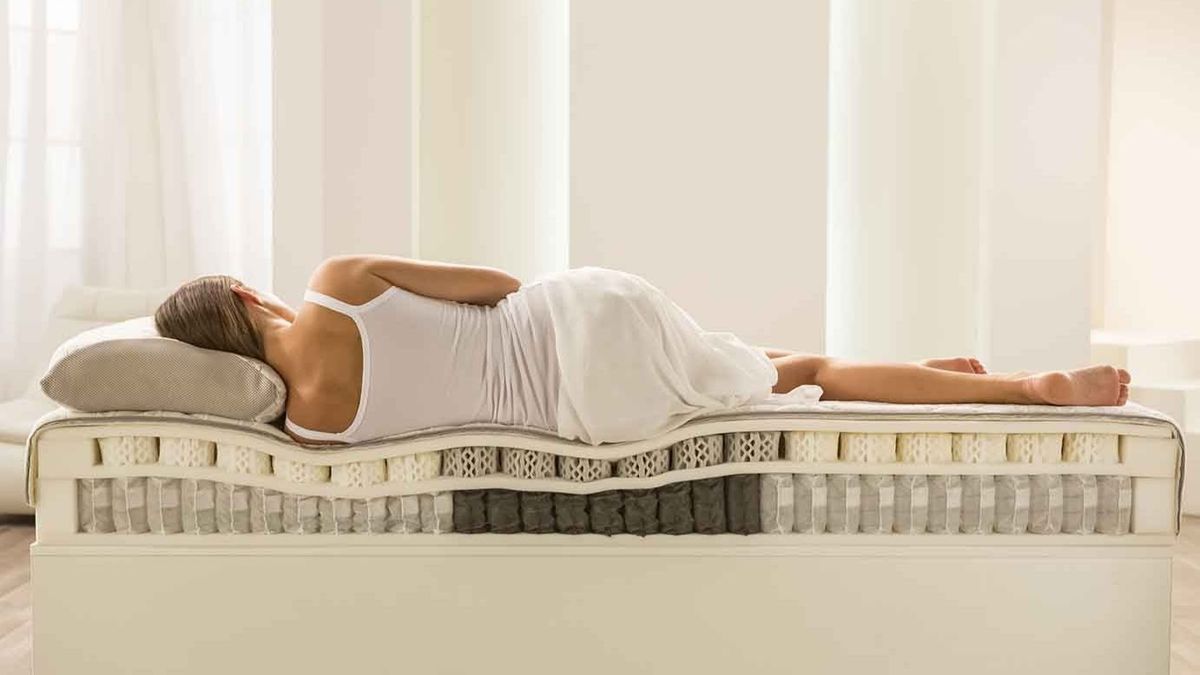
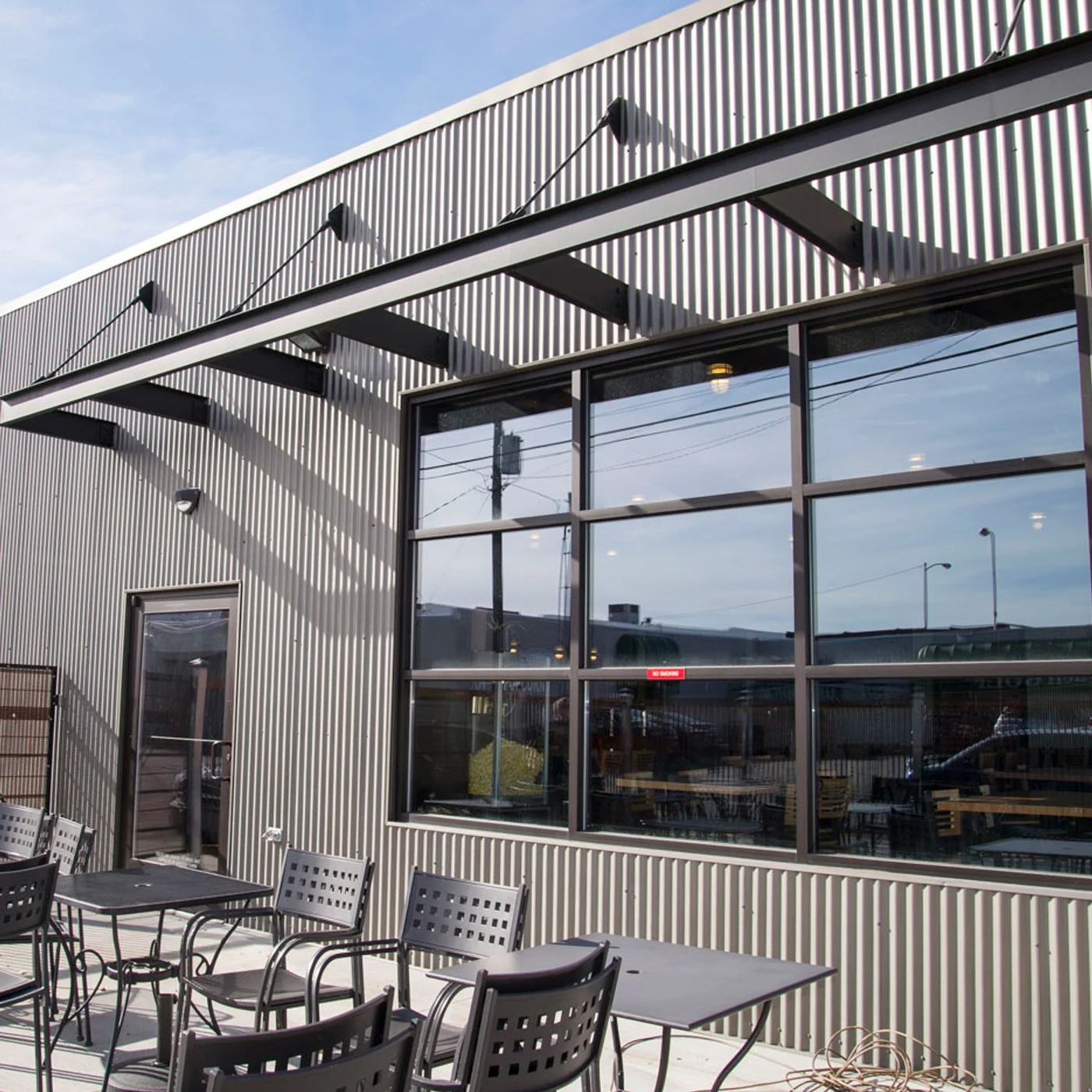
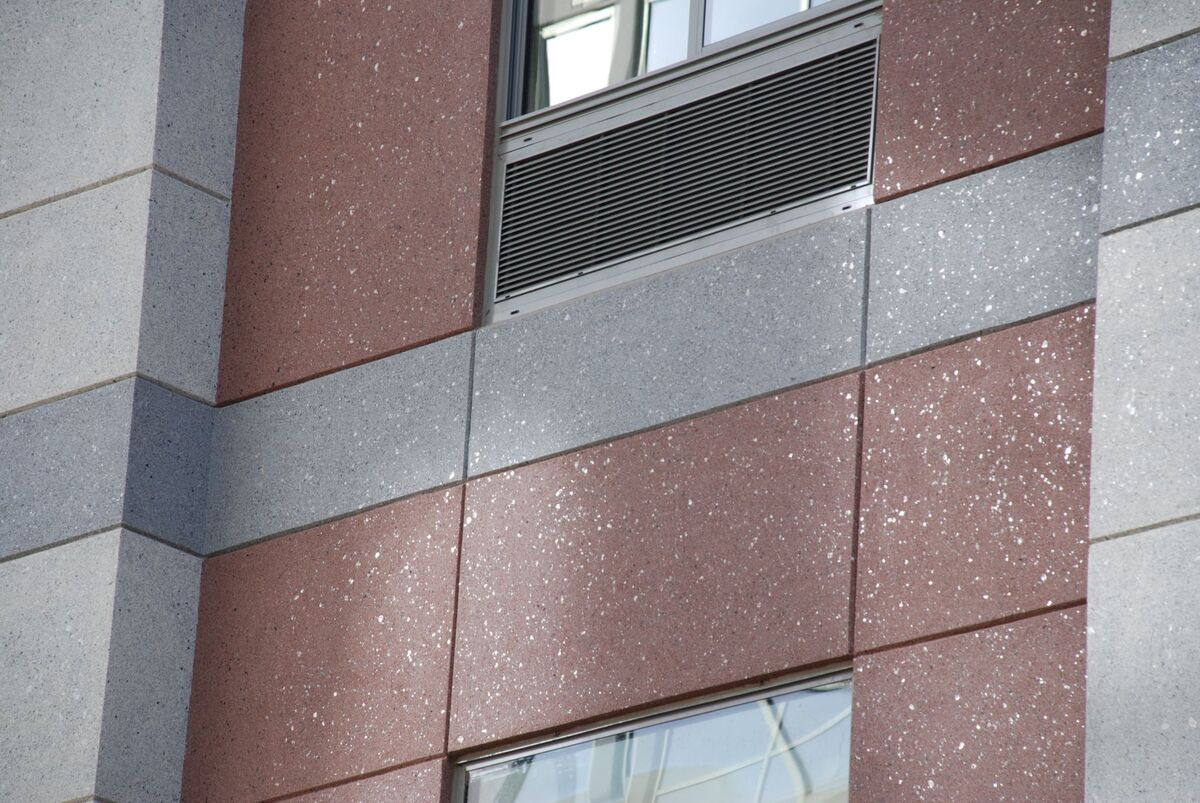
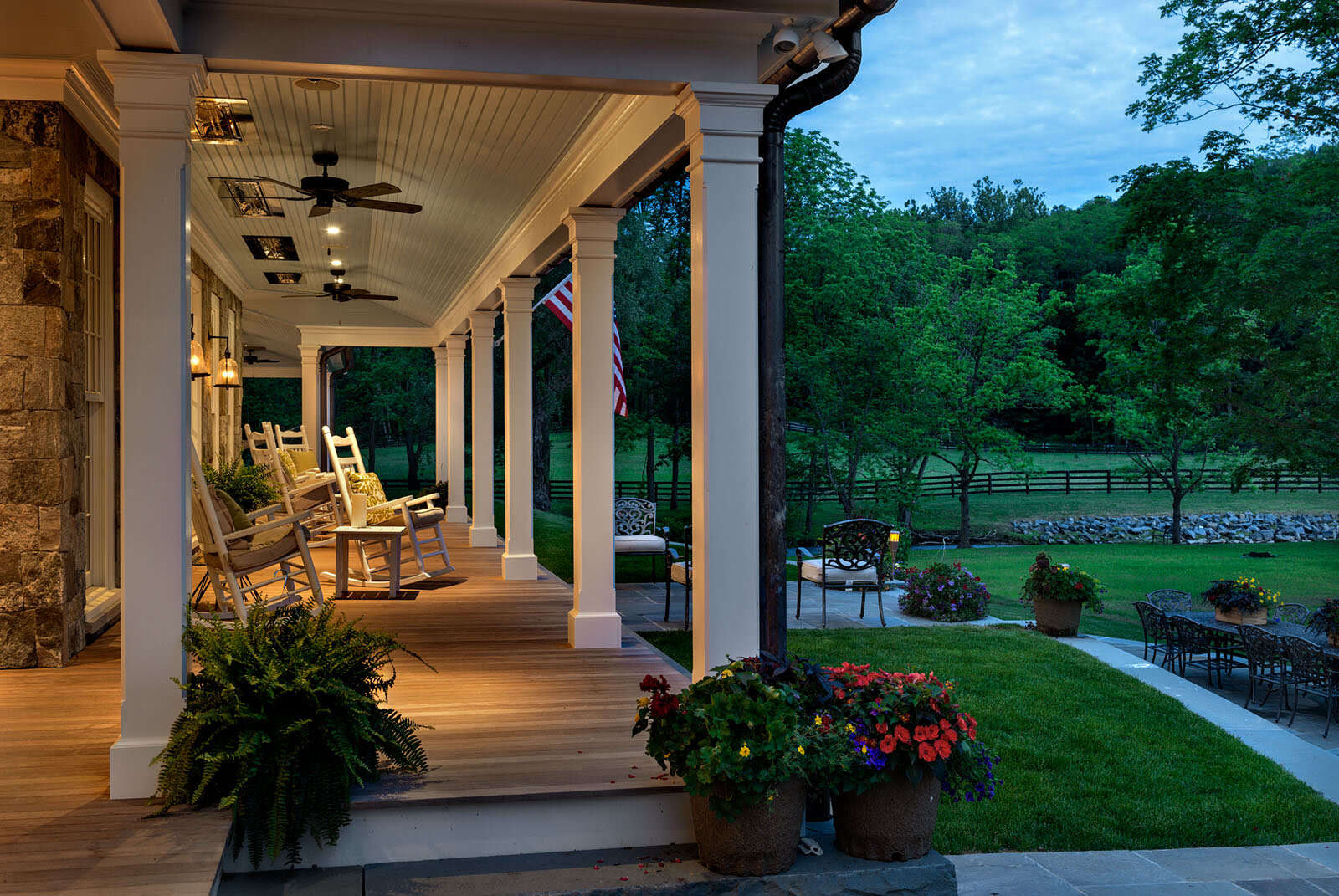
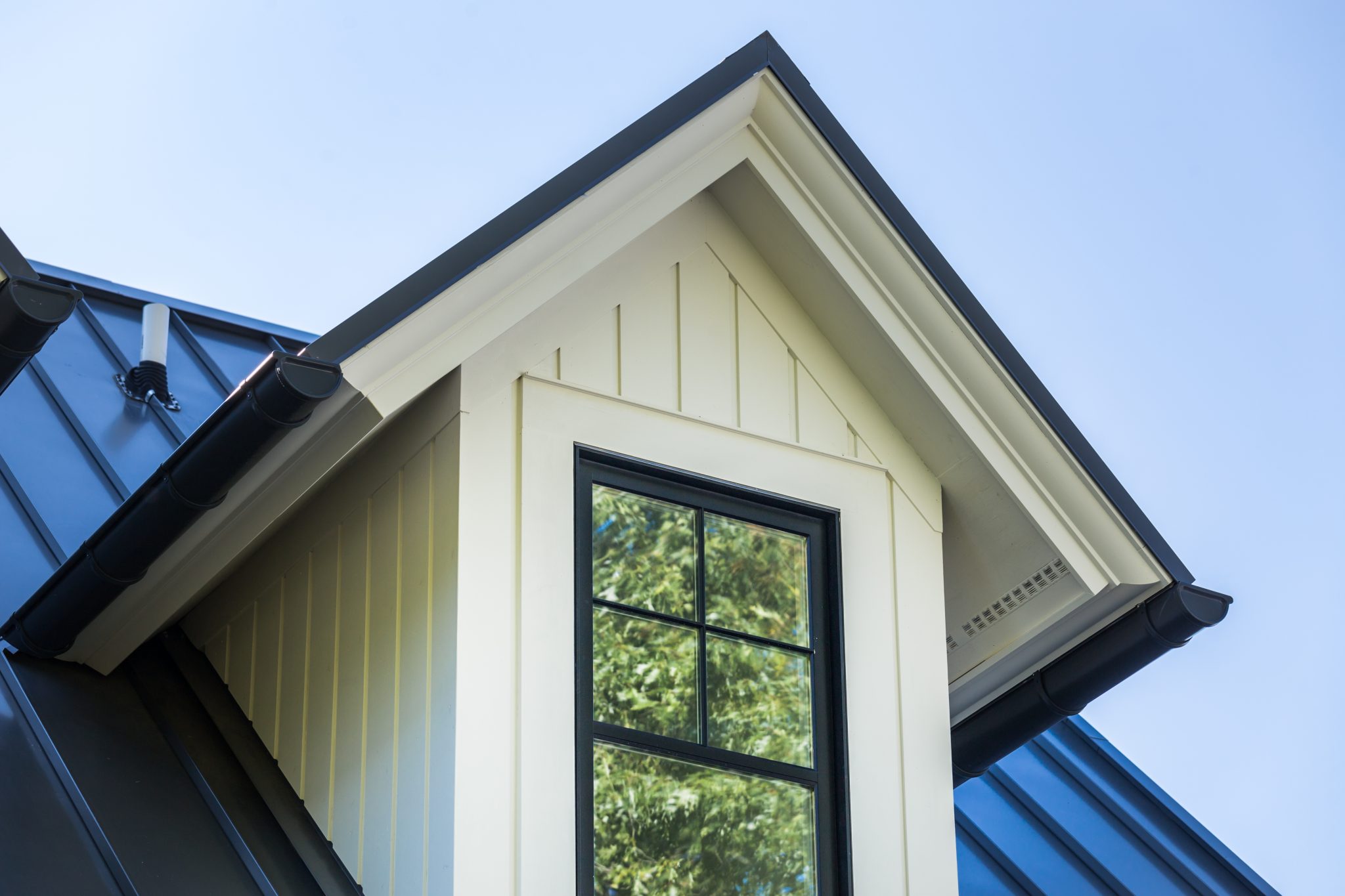
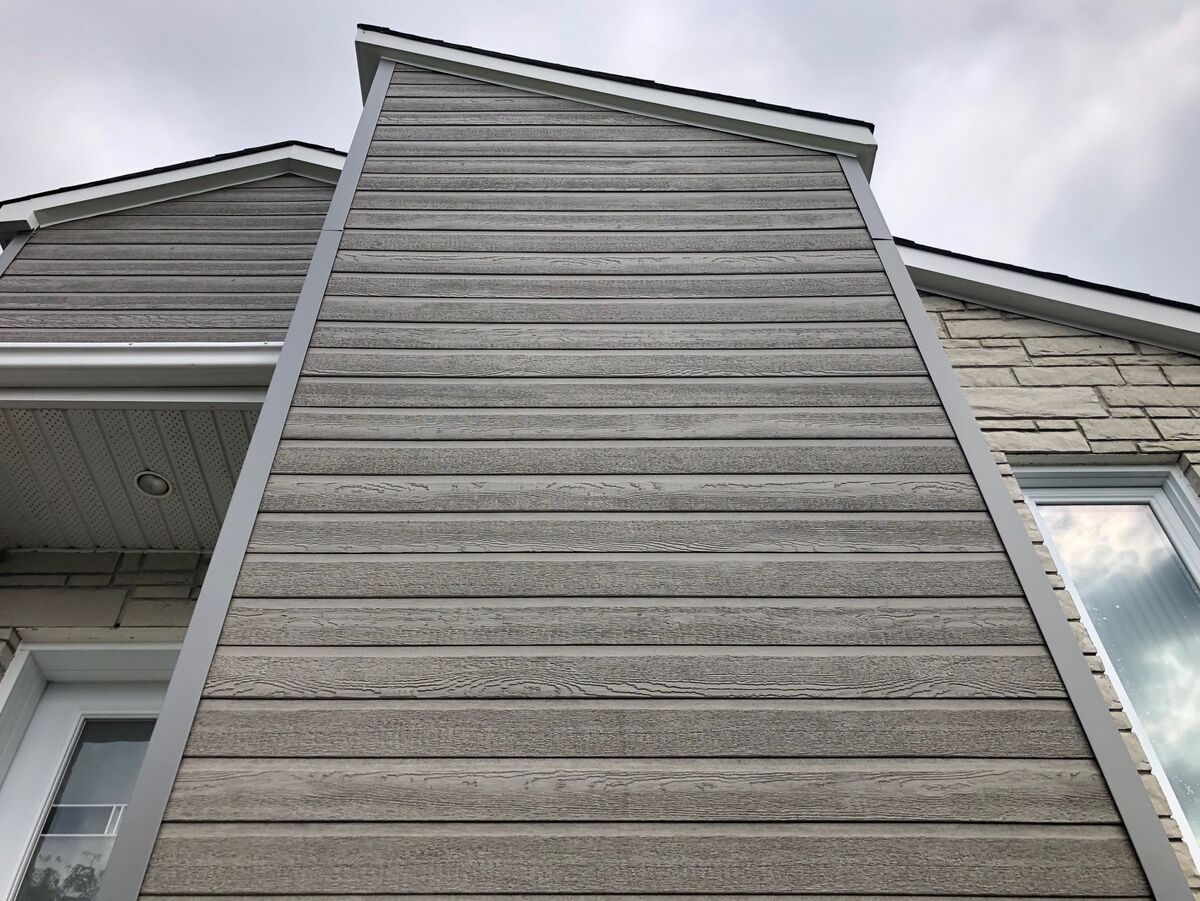
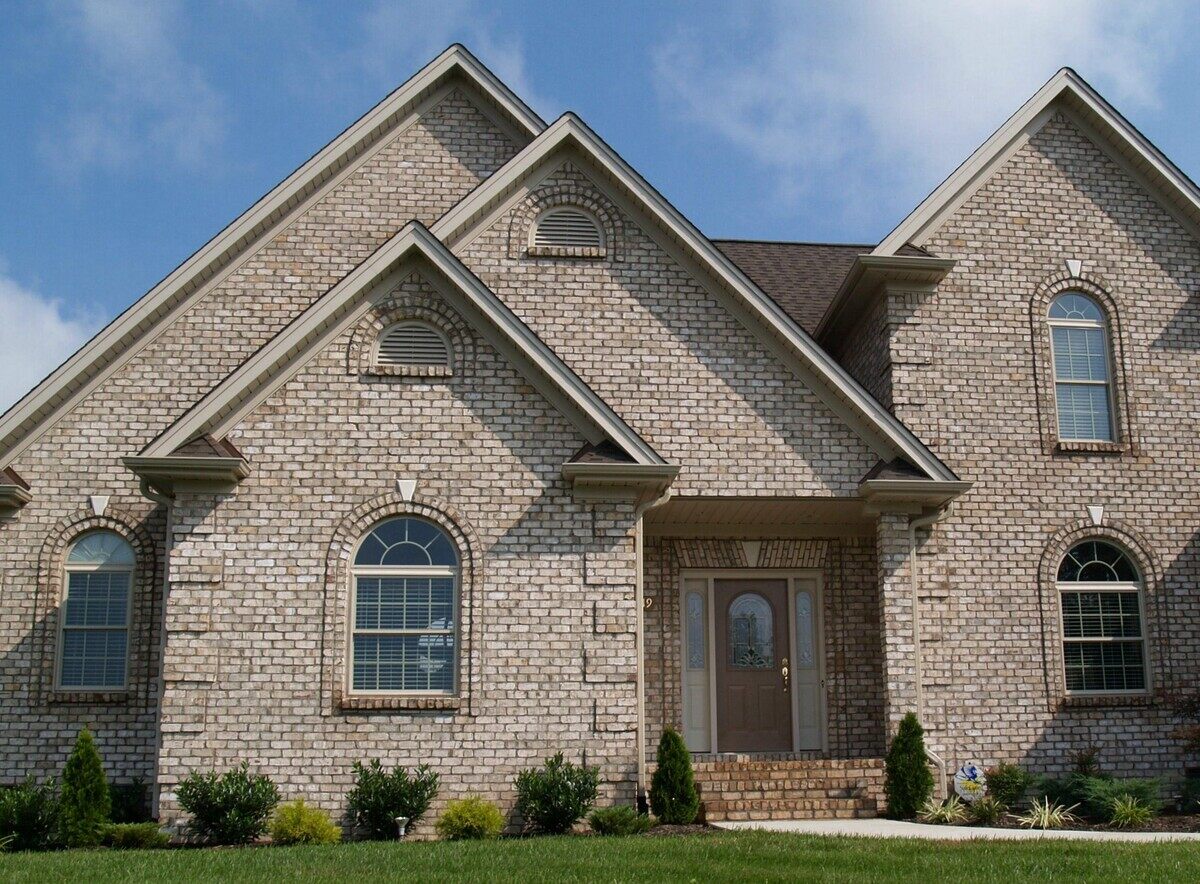
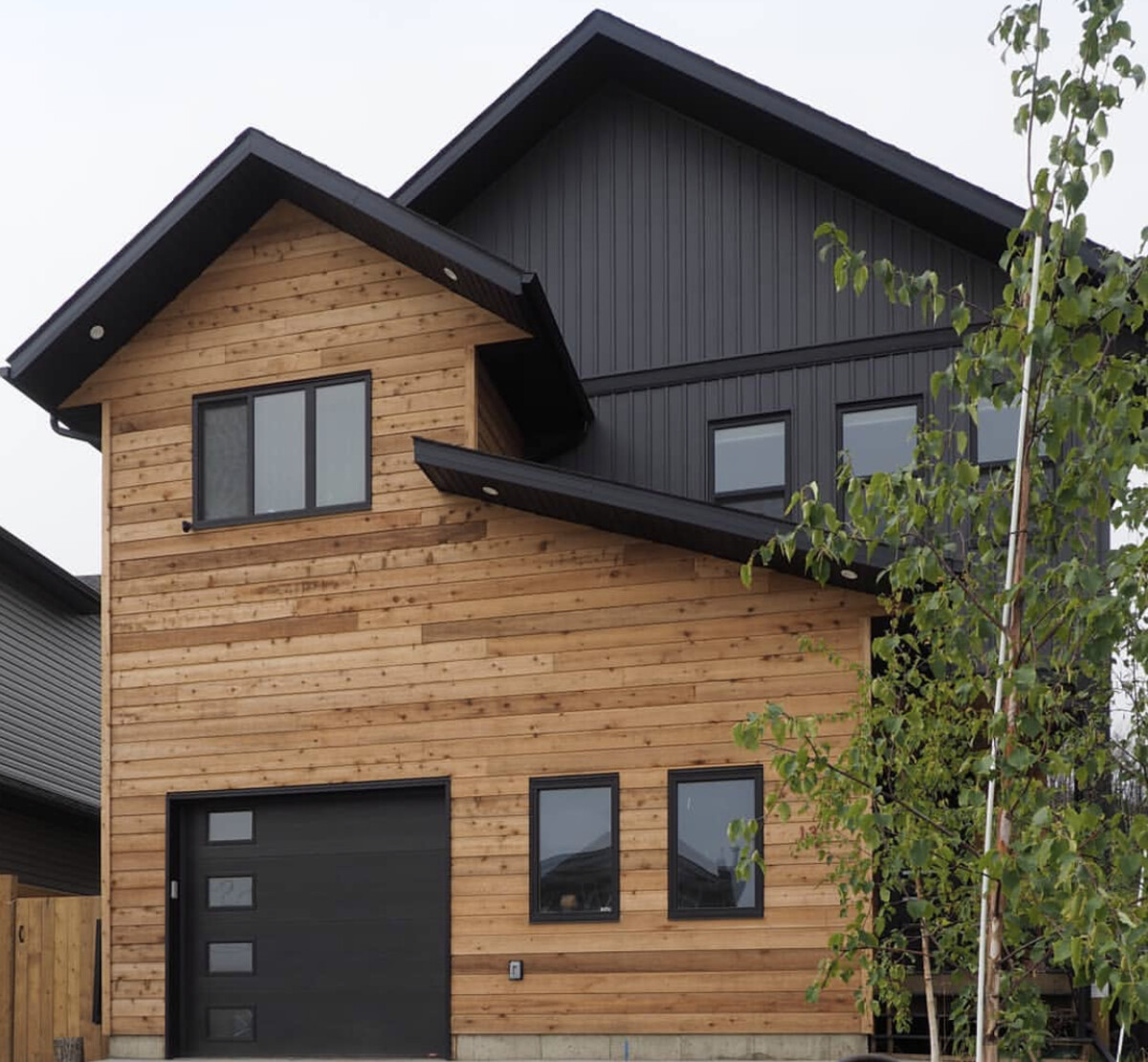
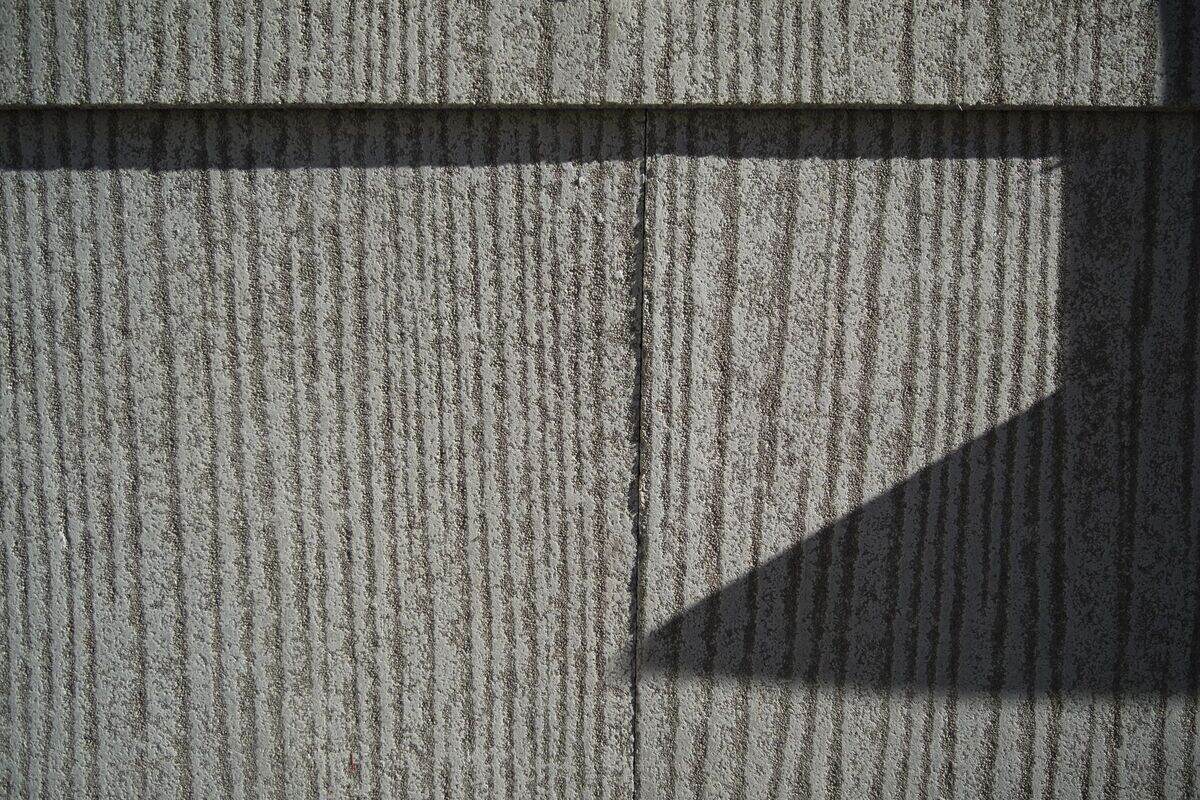
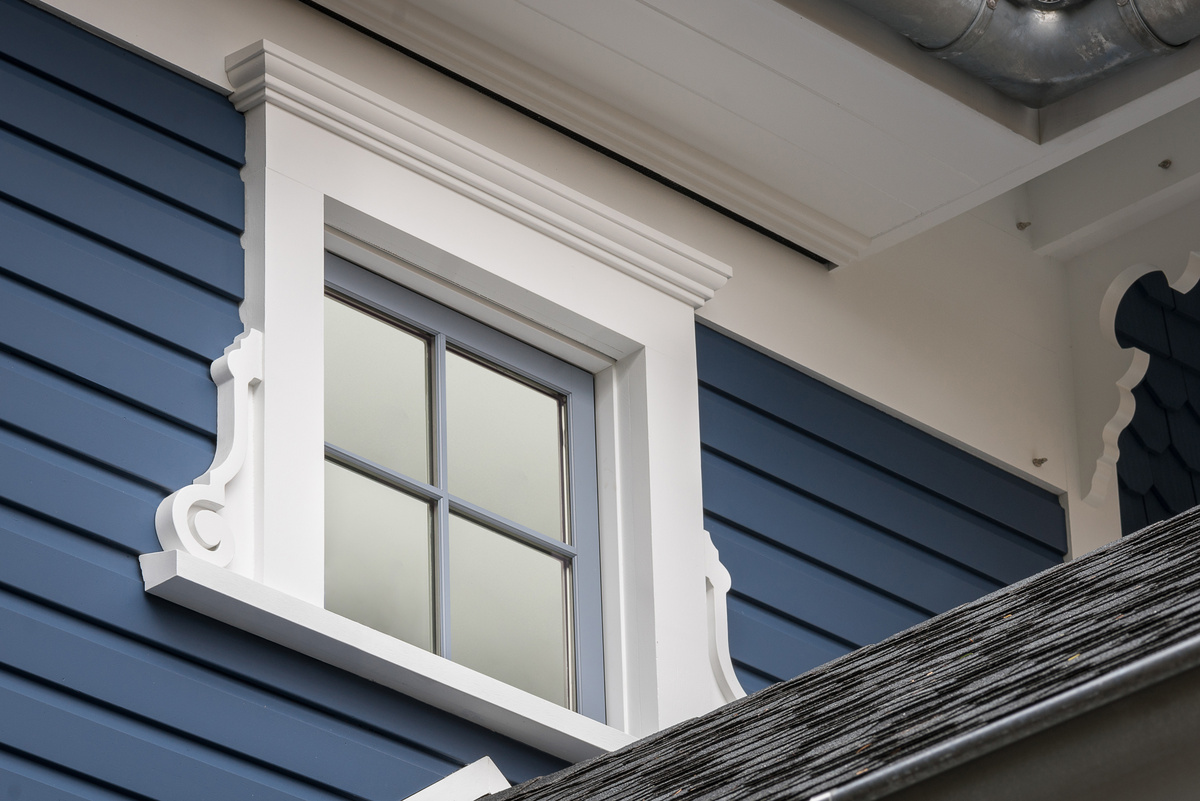

0 thoughts on “What Is The Best Siding For A Home”